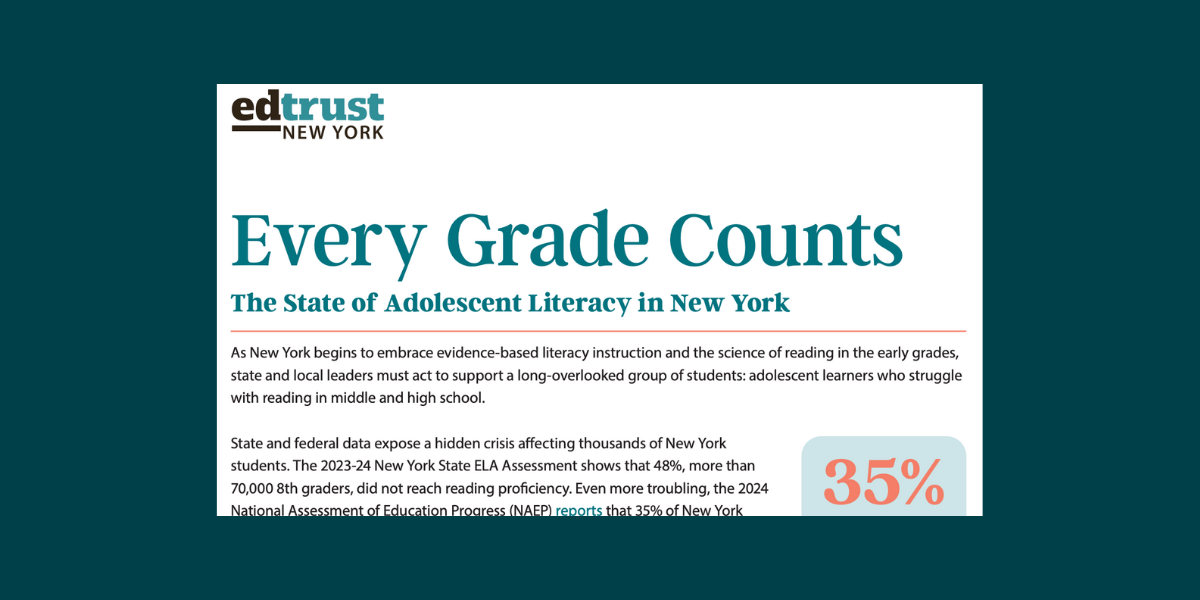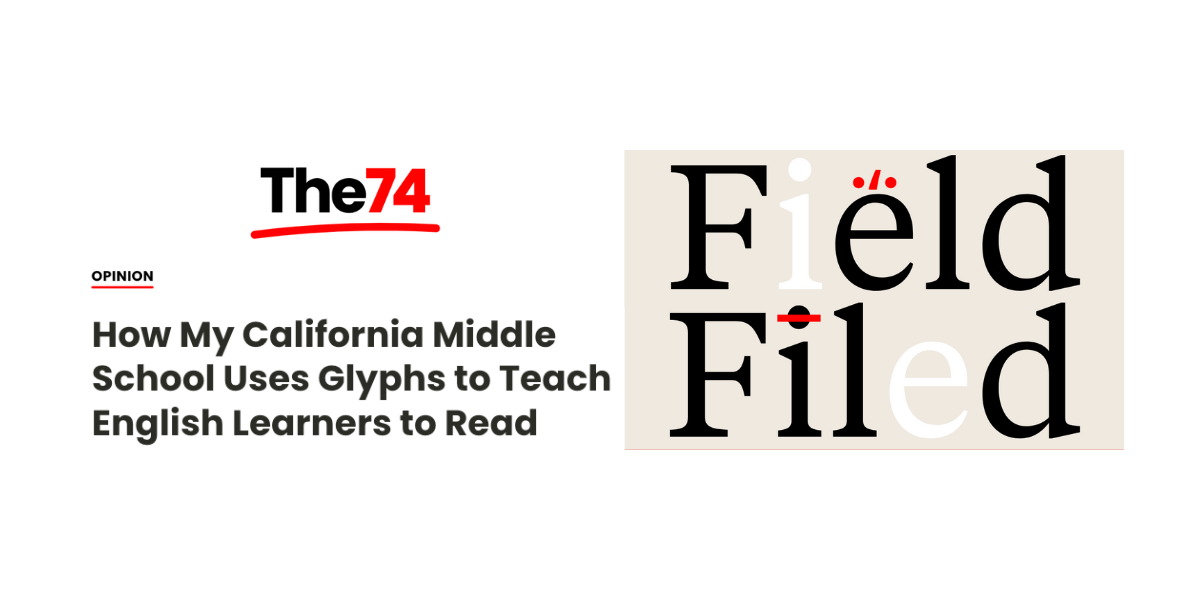Gifting Time, Agency, and Hope with Readable English
In a recent article from Education Week, educators express growing concerns about older students still struggling with basic reading skills. These...
K-12Discover how Readable English is transforming reading instruction |
PROGRESS MONITORINGEasily assess and monitor growth with data-driven insights and reporting tools |
PROFESSIONAL SERVICESDiscover the services that support your success, from virtual training to expert coaching |
INDIVIDUALSStrengthen your reading skills with an interactive app tailored to your learning needs |
PARENTSEmpower your child's reading journey with an interactive app and expert strategies for home support |
|

|
Rethinking Reading: How One District Transformed Instruction (SmartBrief)Discover how a bold shift in reading instruction helped struggling learners thrive - and the critical role Readable English played in their success.
|
RESEARCH & RESULTSExplore peer-reviewed studies and real-world case studies on Readable English in action |
BLOGExplore articles on feature highlights, research deep-dives, and the latest literacy insights |
EBOOKDownload the ebook Why Learning to Read English is So Hard and how to Make it Easier |
CUSTOMER STORIESDiscover how educators and administrators are transforming literacy with Readable English |
RESOURCE AND PRODUCT ENABLEMENT LIBRARYFind essential educational references and instructional materials to enhance teaching |
FAQSFind essential educational references and instructional materials to enhance teaching |
NEWS & EVENTSStay up to date with media coverage, webinars, and upcoming events featuring Readable English |
|
|
Rethinking Reading: How One District Transformed Instruction (SmartBrief)Discover how a bold shift in reading instruction helped struggling learners thrive - and the critical role Readable English played in their success. |
2 min read
%202.png) Tim Waldron
:
Sep 4, 2024
Tim Waldron
:
Sep 4, 2024
Reading intervention for older students has long been one of the most challenging aspects of education. As highlighted in a recent article by The New York Times (www.nytimes.com/2024/08/29/nyregion/older-students-reading-instruction), older students often struggle with reading because traditional approaches to literacy instruction are primarily designed for younger children. This disconnect creates a significant barrier to effective intervention for students who fall behind in their reading skills during middle or high school.

Older students face unique challenges when it comes to reading intervention. Many of these challenges stem from the fact that they have spent years struggling with reading before receiving targeted support. By the time they reach middle or high school, they may have developed negative attitudes towards reading, a lack of confidence, and ingrained habits that are difficult to change. Added to the students’ burden are the Matthew Effects; “the rich get richer and the poor get poorer.” Students not reading at grade level in high school suffer as the gulf of reading ability and knowledge widens between proficient and non-proficient readers (Stanovich, 1986).
Traditional reading interventions for older students often focus on phonics and basic reading skills, which are more suitable for younger children. These methods can feel remedial and discouraging for older students, leading to resistance and a lack of engagement. Moreover, older students have less time to catch up. The academic demands of secondary education are significantly higher, and students who struggle with reading are at risk of falling further behind in all subject areas, not just literacy.
Readable English offers a revolutionary approach to reading intervention that addresses the specific needs of older students. By focusing on the complexities of English spelling and pronunciation, Readable English simplifies the process of decoding words, making it easier for struggling readers to improve their skills quickly.
One of the most significant advantages of Readable English is its ability to reduce the time needed for reading intervention and remediation. Traditional methods often require years of intensive support, but with Readable English, students can see significant improvements in a matter of months. Studies (readablenglish.com/about/research) have shown that using Readable English can reduce the time needed for intervention by up to 75%.
Readable English uses a unique system of visual cues and phonetic markings to make English more accessible. It provides a clear guide to pronunciation without altering the spelling of the text. This system helps students independently decode words quickly and accurately, allowing them to focus on comprehension rather than getting stuck on unfamiliar words.
For older students, this approach is particularly beneficial. It respects their maturity by providing a tool that feels empowering rather than remedial. As students experience success with Readable English, their confidence grows, and their attitude toward reading, and overall learning, improves. This positive feedback loop is crucial for older students who may have years of frustration and failure associated with reading. Natalie Wexler discusses Readable English in her article Forbes Magazine article How To Help Older Students Who Struggle To Read, noting that “it [Readable English] could be a necessary and even transformative intervention for a group of students who have been left to experience failure for too long, damaging their self-concept and life prospects.”
The Impact on Education
Implementing Readable English in schools could be a game-changer for older students who struggle with reading. By reducing the time needed for effective intervention, educators can help more students reach grade-level reading proficiency before they fall irreparably behind. This not only improves literacy outcomes but also has a positive ripple effect on students' overall academic performance and future opportunities.
In a world where literacy is more important than ever, tools like Readable English offer a much-needed solution to one of education's most persistent challenges. By making reading easier and more accessible, Readable English gives older students the chance to succeed—both in school and beyond.
This article is informed by key insights from the New York Times piece on the struggles older students face with reading intervention, emphasizing the need for innovative approaches like Readable English to make a real difference in students' lives.

In a recent article from Education Week, educators express growing concerns about older students still struggling with basic reading skills. These...

A recent report by The Education Trust–New York, Every Grade Counts: The State of Adolescent Literacy in New York, casts a stark light on a growing...

A National Spotlight on Reading Success We’re thrilled to share that the Readable English program is featured this week in The 74, a national...